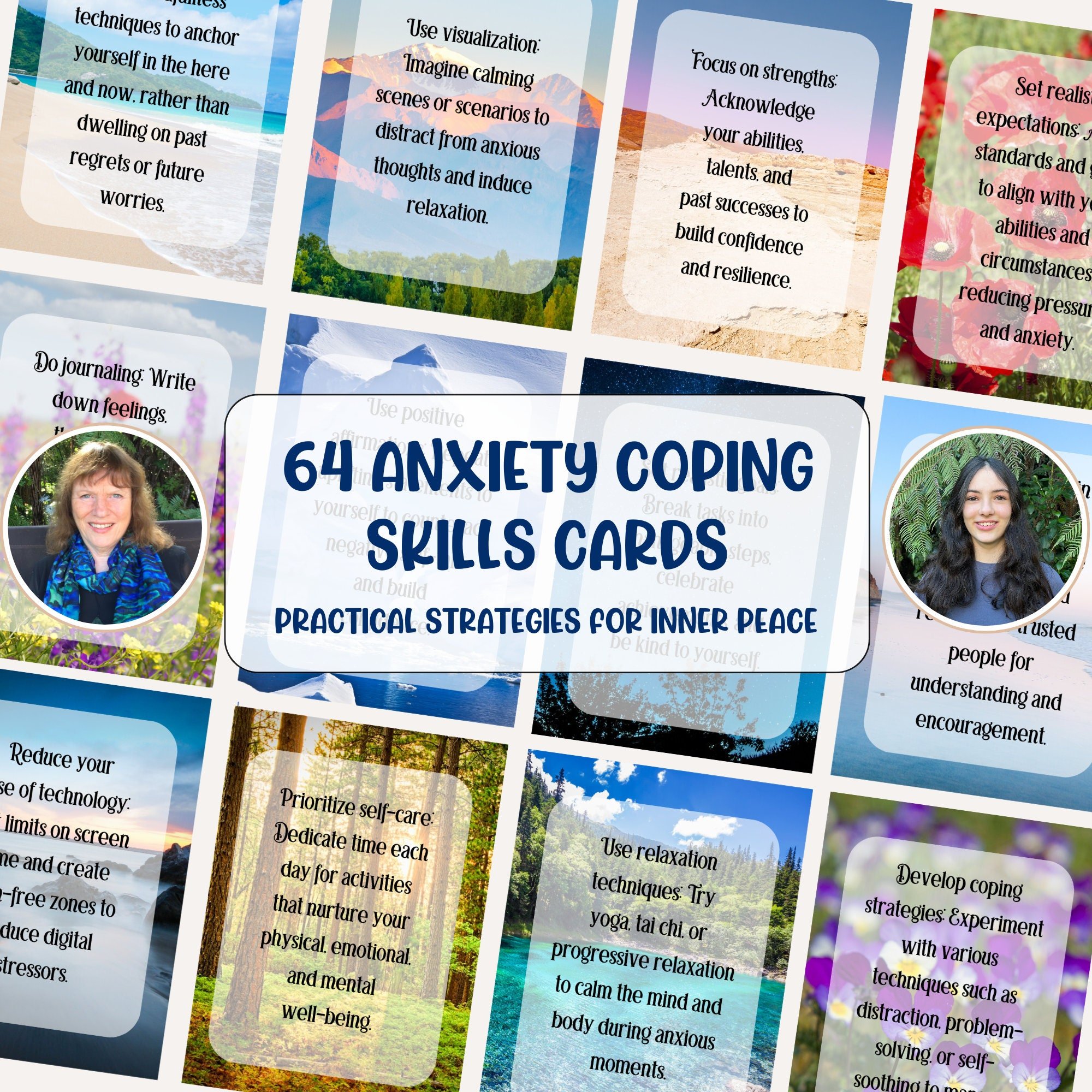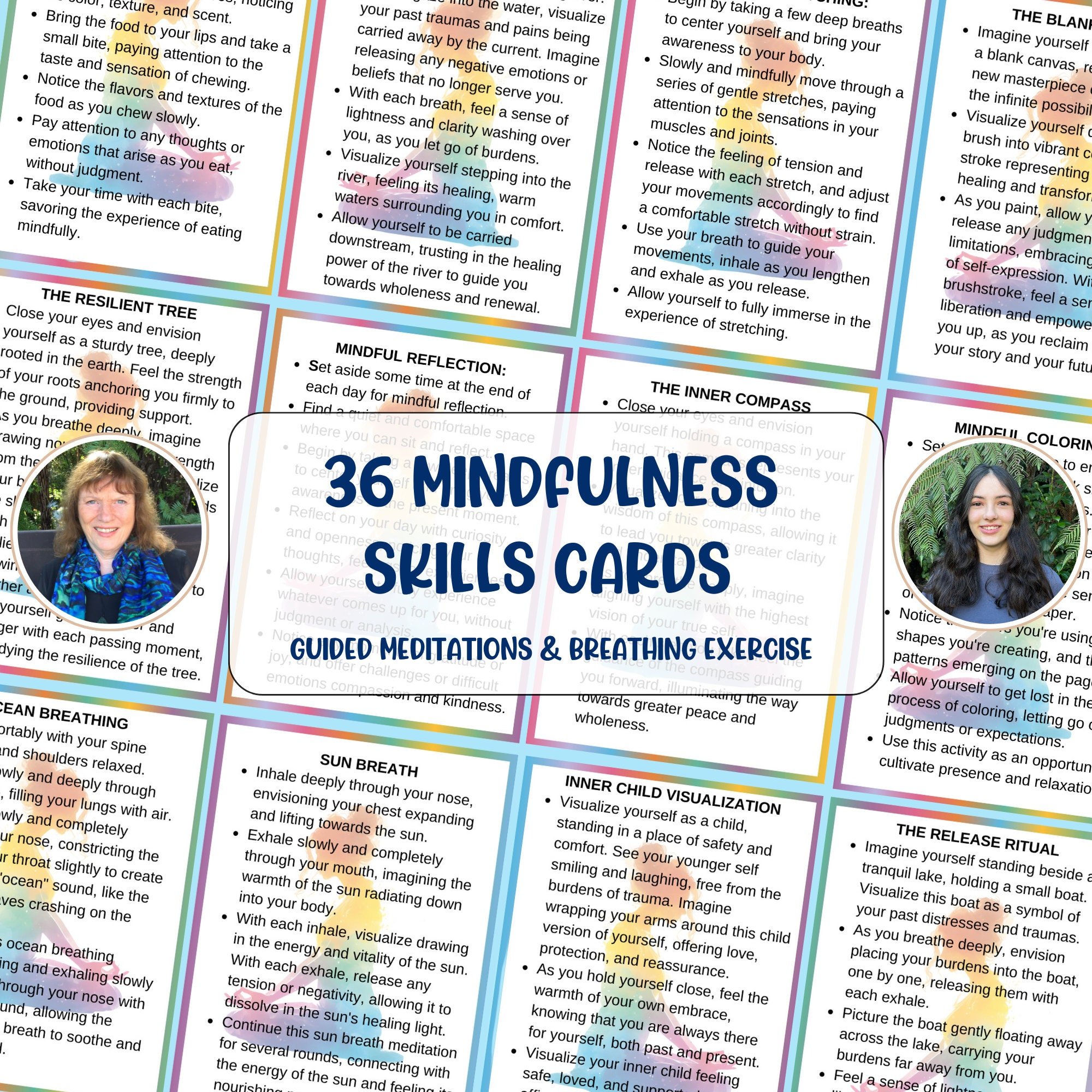Building Self-Compassion Habits That Become Automatic
Most of us were taught how to push harder, perform better, and keep going — but not how to treat ourselves kindly when we fall short. Self-compassion often feels unnatural at first because the inner critic has had years of practice, while kindness is still learning to speak.
The good news? Compassion can be trained. Just like any muscle, the more you use it, the stronger and more automatic it becomes.
Why Self-Compassion Matters
Self-compassion isn’t indulgence or weakness. It’s the emotional foundation for growth. When you respond to mistakes or pain with understanding rather than judgment, you help your nervous system stay calm enough to learn, recover, and move forward.
Without compassion, shame takes over — making us hide, defend, or give up. With compassion, we stay connected to ourselves and can begin again, gently.
Step 1: Notice Your Inner Dialogue
Awareness is the doorway to change. Start by simply noticing how you talk to yourself — especially when things go wrong.
Is your voice harsh or shaming?
Does it sound like someone from your past?
What tone does it use — disappointment, frustration, fear?
Once you can hear it clearly, you can begin to shift it. Try asking, “What would I say to a friend in this situation?” Then say that to yourself.
Small habit cue: Each time you catch a critical thought, place your hand over your heart and whisper one kind phrase — like “It’s okay to be human.”
Step 2: Pair Compassion With Daily Rituals
Habits form through repetition and association. To make compassion automatic, tie it to existing routines:
When you brush your teeth, think of one thing you appreciate about yourself.
When you make tea or coffee, take three slow breaths and say, “I deserve care too.”
When you crawl into bed, replace rumination with a gentle reflection: “I did my best with what I knew today.”
These micro-moments of compassion, repeated daily, rewire your brain for warmth instead of criticism.
🌻 Step 3: Soften the Body, So the Mind Follows
Self-compassion isn’t just mental — it’s embodied. When you release physical tension, your inner dialogue naturally softens too.
Try gentle somatic practices like:
Placing a comforting hand on your chest when you feel anxious.
Taking a “compassion breath” — inhale calm, exhale self-judgment.
Wrapping yourself in a blanket or shawl when you need reassurance.
These small acts teach your body that safety and kindness can coexist with imperfection.
Step 4: Use Tools That Anchor the Practice
Because compassion habits form best through gentle structure, tools like our Mindfulness Writing Prompt Journal, or Thriving Affirmation Cards can help you stay connected to this mindset.
Each card or prompt becomes a visual cue — reminding you that kindness isn’t a reward for perfection; it’s your default state.
Try beginning or ending your day by drawing one affirmation or journaling with a single question:
“What would self-compassion look like for me today?”
Over time, the question itself becomes instinctive — your mind starts asking it automatically when you struggle.
Step 5: Celebrate the Shifts
You’ll know self-compassion is becoming automatic when you catch yourself saying something kind without effort — or when your first reaction to pain isn’t panic, but patience.
Notice those moments. Mark them as victories.
Your nervous system is learning a new language: softness.Final Reflection
Self-compassion isn’t about changing who you are — it’s about coming home to yourself. The more often you return with gentleness, the faster your mind recognizes that kindness is safe, familiar, and deeply effective.
Keep practicing.
Eventually, compassion won’t be something you try to do.
It will simply be how you live.








